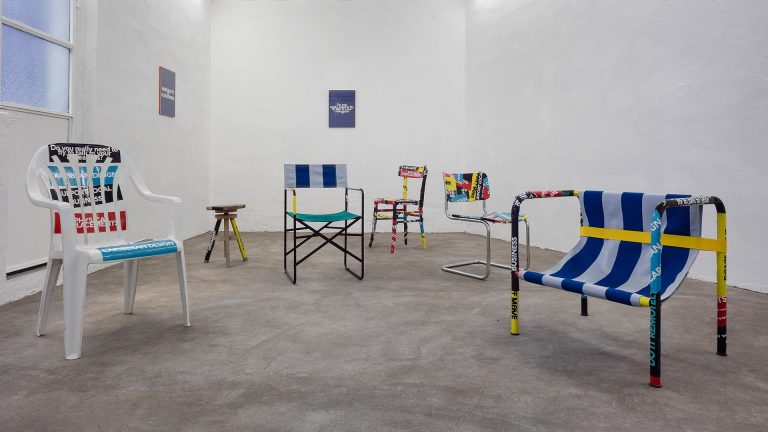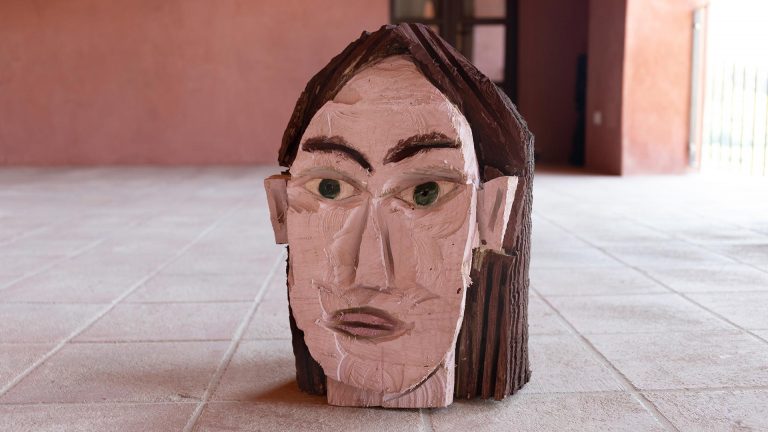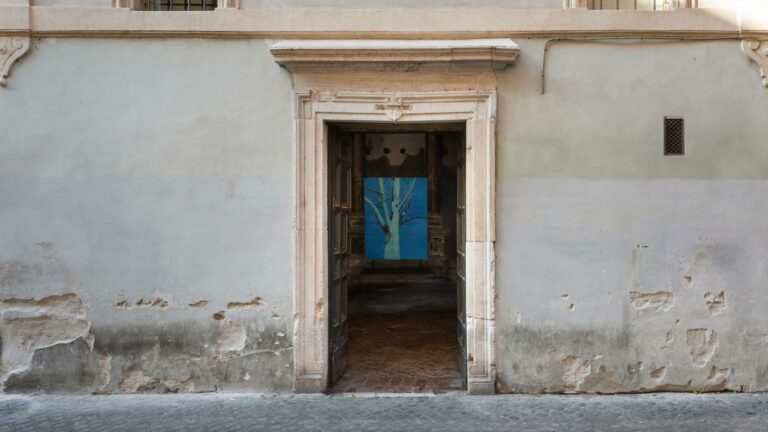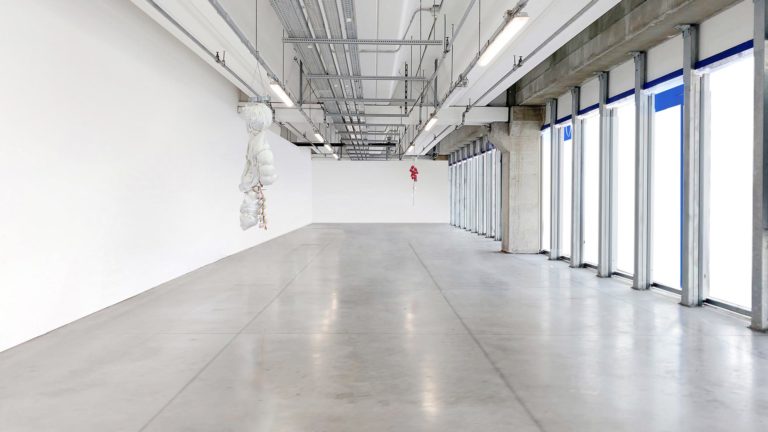Artists: Eugenio Barbieri presented by Dario Guccio and Davide Stucchi
Exhibition title: 1-0-2
Venue: Armada, Milan, Italy
Date: March 28 – May 14, 2017
Photography: all images copyright and courtesy the artists and Armada, Milan
Armada invites Dario Guccio and Davide Stucchi to present the work of Italian artist Eugenio Barbieri. Barbieri’s practice is known to a few but is distinctly memorable, a result of the combination of a charismatic persona and the artist’s decision to distance himself from the Avant-Garde movements, avoiding being put in a historical perspective. The solitary path and radical language are retraced by Guccio and Stucchi in the exhibition “1-0-2”.
Born in 1927 in Forlì, Italy, Eugenio Barbieri lived and worked predominantly between Italy and France. In Paris, Barbieri developed important relationships with figures from the local artistic community at the time, working with the gallery founded by Rodolphe Stadler while building a lifelong intellectual friendship with José Pierre and Pierre Restany. In 1979, Restany edited a significant publication for Cegna éditeur containing all Barbieri’s Mutables, his most representative body of works. This series still constitutes the most important legacy of the artist within thirty years of activity, until his death in 2015 in his native town.
Barbieri’s Mutables are three-dimensional works made of rubber, whose shapes change and come to life through the viewer’s action. They are divided in two types: those that are motor powered and those that are not. This distinction is determined by how the viewer acts on the Mutable, by manipulating the volumes using manual tie rods, or by activating an electric engine through a control. “1-0-2” is the inscription on the remote control that drives the movement. “2” the work changes, “0” the work is stable, “1” the work goes back to the starting pose.
Works from the first category, such as Gli Uomini non vogliono più essere grigi (1979 ) and Dall’ ∞ al grigio (1979) are on display in a resting position on the seats created by Barbieri in the early Nineties. Belonging to the second category, Del ∞ a la Venusisima, olè (1970), whose movement was caught by Guccio and Stucchi in a series of photographs then handed out to five Italian art magazines occupying a page of their March and June issues. The temporality of this object and its history have been therefore fragmented and hidden in the pages that are moved and touched by the hands of those who browse them.
Within the Armada space, the two artists nourish the proposal of collective creation that Barbieri offered in his first solo exhibition in 1971 in Paris, titled “Le blanc est noir, le noir est blanc”. In the empty spaces of Rodolphe Stadler Gallery, Barbieri presented a leaflet containing four images, an imaginary work, which did not exist, realizable at will. Anyone who had a white handkerchief, following the outlined suggestions, could turn it into one of four works dedicated respectively to: FAUTRIER, senior Nude; PICASSO, pocket Dove; MALEVICH, White Square (started) over a White Square; BARBIERI, A filter against the art pollution. The handkerchief adopted as a “filter against art pollution” branded by Barbieri as the decision to distance himself from the other three artists, all major representatives of each Avant-Gardes, sure in his conviction that the idea creates the work, not the form that here proves to be random while thoughts become object, which, from behind the image, takes emotion as its bait.
Armada would like to thank for their substantial contribution Massimo Venturi, Paolo Malucelli and Flavia Bugani. Special thanks go to Beppe Raso for his precious technical support.

















